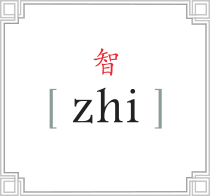
Happy spring, tea lovers.
Today, I wanted to talk about Brandy Oolong.
Known for its unique flavor profile and creamy body, Brandy Oolong is quickly growing in popularity among oolong lovers.
Unique toTaiwan, this heavily oxidized oolong could initially be mistaken for a black tea; but at about 85% oxidation, it indeed is an oolong. Although Brandy Oolong can come from several different cultivars or varietals, the resulting liquor is dark amber with aromatic notes of roasted sugar and stone fruit. We love the mouth feel on this tea! It is so smooth and complex and has a great sweet finish. Some people experience a subtle camphor taste as well.
The Taiwanese are quite creative and diligent in creating new teas. One particular cultivar known as Ruby 18 (which is great for creating Brandy Oolong) took decades in testing before being released to farmers for planting. It was worth the wait. Ruby 18 is a unique hybrid of anassam and an indigenous varietal.
Brandy Oolongs, while still pretty rare in the US, can be a great alternative to black teas. Zhi is quite excited about this new tea choice in the growing stable of Taiwanese Oolongs.
See “Jeffrey’s Personal Stash” if you are curious and find all Zhi’s ”Oolongs” at zhitea.com.


